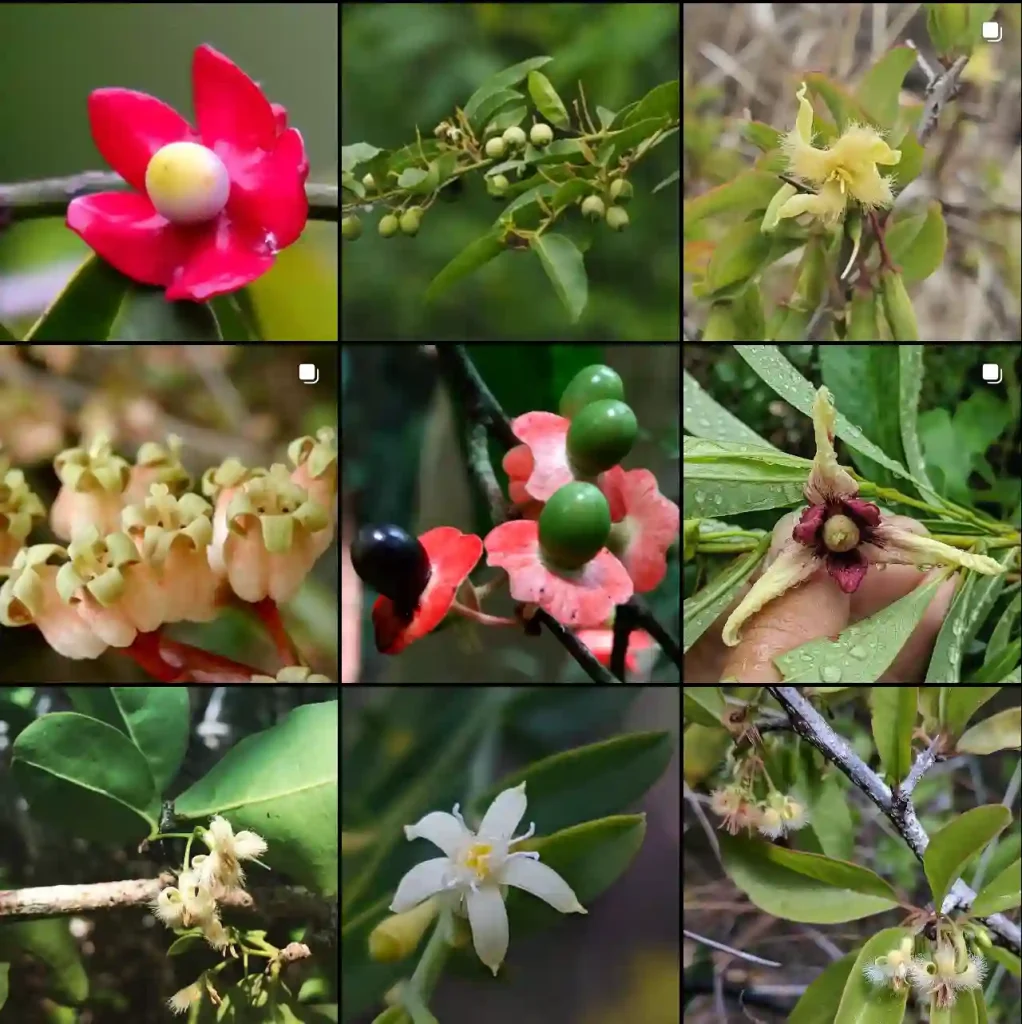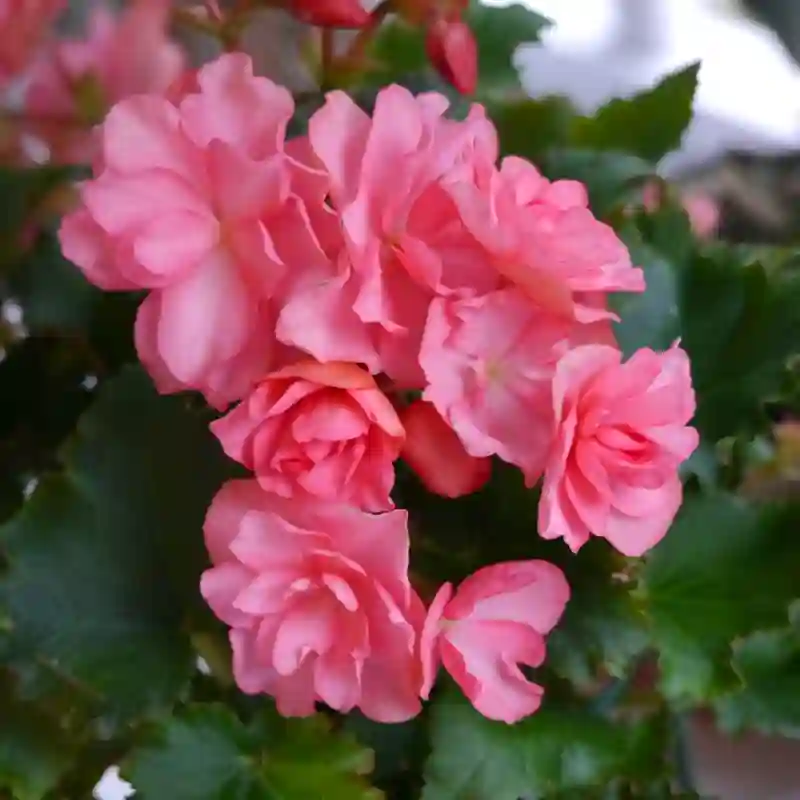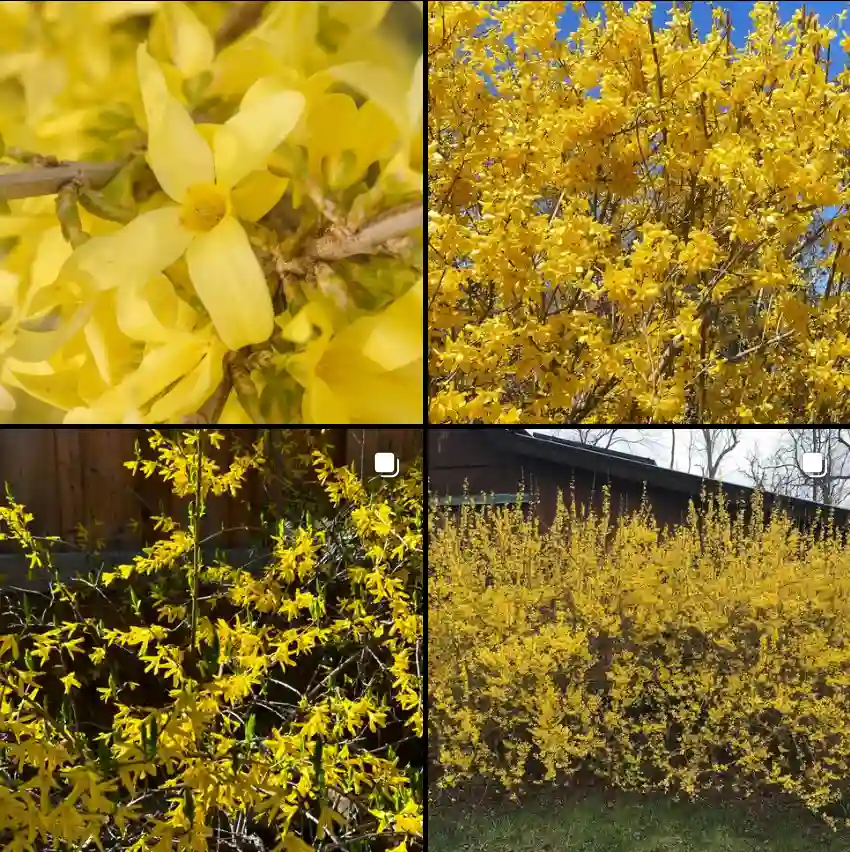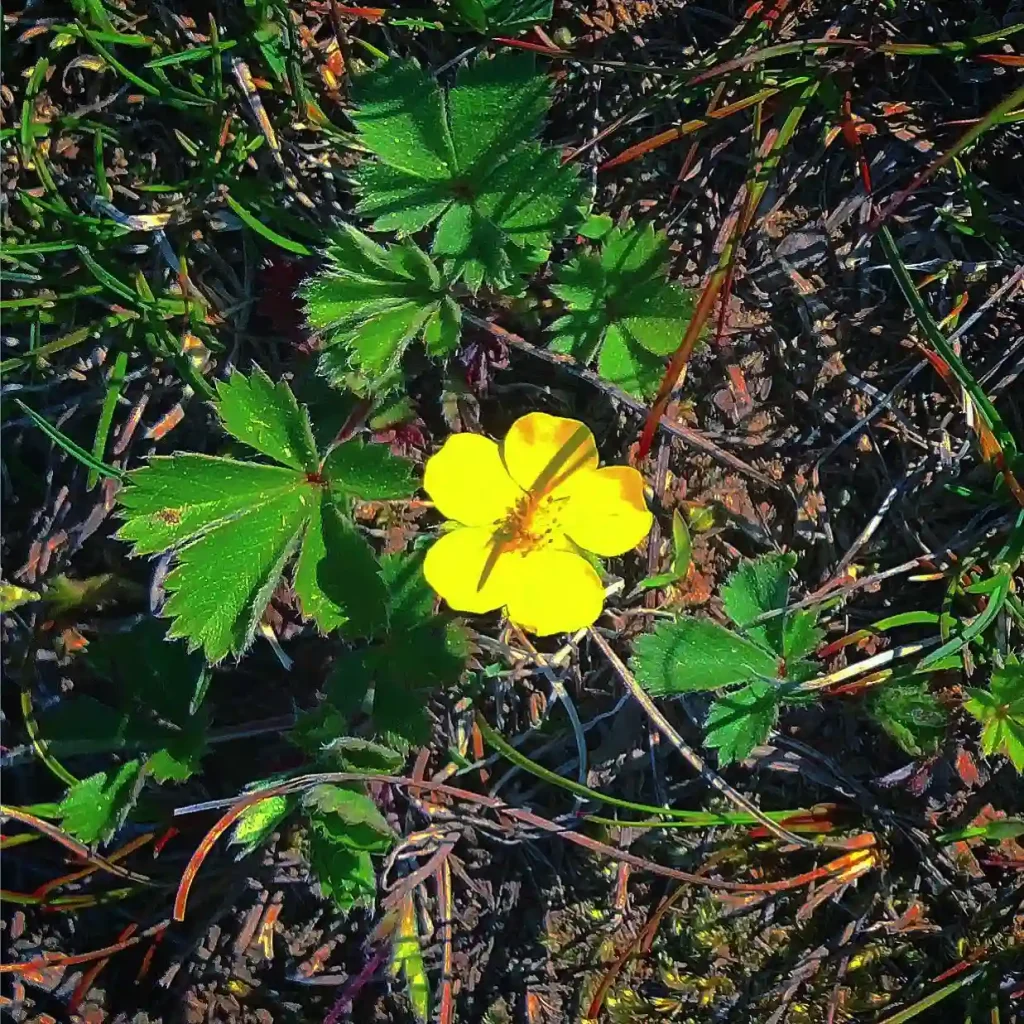Hoya Kanyakumariana: A Delicate Beauty for Plant Enthusiasts
Hi, Ferb Vu here. Today, I want to delve into the world of Hoyas and introduce you to the charming Hoya Kanyakumariana. This petite climber, with its glossy, heart-shaped leaves, has stolen the hearts of many plant collectors.
If you’re considering welcoming a Hoya Kanyakumariana into your home, you’ve come to the right place. This FAQ will answer all your burning questions about this delightful plant.
566 Species in Genus Hoya
Where Does the Hoya Kanyakumariana Come From?
The Hoya Kanyakumariana, as the name suggests, hails from the Kanyakumari district in southern India. Discovered in 1979, this epiphytic vine thrives in the warm, humid climate of its native habitat.
How Big Does a Hoya Kanyakumariana Get?
Unlike some Hoyas that can become sprawling giants, the Kanyakumariana is a more compact variety. Its cascading vines typically reach lengths between 1 to 2 meters, making them ideal for hanging baskets or training up a trellis.
Light Requirements: Sun or Shade for Hoya Kanyakumariana?
Hoya Kanyakumariana prefers bright, indirect sunlight. Think dappled light filtering through a sheer curtain. Harsh, direct sun can scorch the delicate leaves. If you notice pale or bleached leaves, it’s a sign your plant is getting too much sun. Conversely, insufficient light can lead to stunted growth and a reluctance to flower.
Watering Needs: Keeping Your Hoya Kanyakumariana Happy
One of the beauties of the Hoya Kanyakumariana is its tolerance for neglect. These little plants are drought-resistant and dislike constantly wet soil. The key is to water thoroughly when the top inch of soil feels dry to the touch. Avoid leaving your plant sitting in water, as this can lead to root rot.
Comparison: Hoya Kanyakumariana vs. Hoya Carnosa
Both the Hoya Kanyakumariana and the ever-popular Hoya Carnosa are excellent choices for beginner plant parents. Here’s a quick breakdown to help you decide which might be a better fit:
- Size: Hoya Carnosa can grow much larger than Hoya Kanyakumariana, reaching several meters in length.
- Leaves: Hoya Carnosa boasts larger, fleshy leaves compared to the smaller, heart-shaped leaves of Hoya Kanyakumariana.
- Flowers: Both varieties produce clusters of fragrant blooms, but Hoya Carnosa flowers tend to be showier and larger.
- Light: Both prefer bright, indirect light.
- Watering: Both require well-draining soil and thorough watering when dry.
Ultimately, the choice comes down to personal preference. If you love compact plants with unique foliage, the Hoya Kanyakumariana is a winner. If you prefer a more traditional Hoya with larger blooms, the Hoya Carnosa might be your match.
How Often Should I Fertilize My Hoya Kanyakumariana?
During the active growing season (spring and summer), a diluted fertilizer application once a month is sufficient. Opt for a balanced fertilizer formulated for houseplants. During the winter months, when growth slows, fertilizing can be stopped altogether.
Does Hoya Kanyakumariana Need Pruning?
Pruning isn’t strictly necessary for the health of your Hoya Kanyakumariana. However, if you want to encourage bushier growth or control the length of the vines, feel free to give it a trim. Use sterilized pruning shears to remove leggy stems or pinch off excess growth.
Common Pests and Problems with Hoya Kanyakumariana
Thankfully, Hoya Kanyakumariana is a relatively pest-resistant plant. However, keep an eye out for common houseplant pests like mealybugs and scale. Insecticidal soap or neem oil spray can be used to address these issues organically.
The most common problem with Hoya Kanyakumariana arises from overwatering. Remember, underwatering is always preferable to overwatering. Signs of overwatering include yellowing leaves, mushy stems, and stunted growth. If you suspect this is the case, adjust your watering habits and allow the soil to dry out completely before watering again.
How to Get Your Hoya Kanyakumariana to Bloom?
Healthy, mature Hoya Kanyakumariana plants will reward you with clusters of fragrant, white flowers with a reddish-purple corona. Here are some tips to encourage blooms:
- Provide bright, indirect light: This is crucial for flower production.
- Maintain consistent watering: Don’t let your plant dry out completely, but avoid overwatering as well.
- Fertilize during the growing season: A balanced fertilizer applied monthly during spring and summer can give your plant the boost it needs to bloom.
- Don’t repot too frequently: Hoyas tend to flower more readily when slightly rootbound. Repot only when the roots outgrow the current pot.
- Consider using a stress technique: Some Hoya enthusiasts recommend a mild stress technique like withholding water for a short period to encourage flowering. However, this should be done with caution and only on healthy, established plants.
Can Hoya Kanyakumariana Be Propagated?
Absolutely! Propagating Hoya Kanyakumariana is a rewarding experience. Here are two popular methods:
- Stem cuttings: Take a healthy stem cutting with at least 2 nodes (leaf junctions). Remove the lower leaves and dip the cut end in rooting hormone (optional). Plant the cutting in a well-draining potting mix and keep it moist but not soggy. Place it in bright, indirect light and wait patiently for roots to develop.
- Leaf cuttings: This method takes longer, but it’s still possible. Select a healthy leaf with its petiole (leaf stalk) attached. Plant the petiole end in a well-draining potting mix and keep it moist. While it won’t grow a new plant directly from the leaf itself, a new shoot might eventually emerge from the base of the petiole.
Final Touches: Top Tips for Hoya Kanyakumariana Care
- Potting mix: Use a well-draining potting mix specifically formulated for cacti and succulents. You can also create your own mix by combining potting soil with perlite or orchid bark for added drainage.
- Pot choice: Opt for a pot with drainage holes to prevent waterlogging. A pot slightly larger than the root ball is sufficient.
- Humidity: Hoya Kanyakumariana appreciates moderate humidity levels. If your home environment is dry, consider using a humidifier or placing your plant on a pebble tray filled with water.
- Temperature: These plants thrive in warm temperatures between 65-80°F (18-27°C). Avoid exposing them to sudden temperature drops or cold drafts.
With a little TLC, your Hoya Kanyakumariana will flourish and bring a touch of beauty and elegance to your indoor space. Happy planting!
If i die, water my plants!



